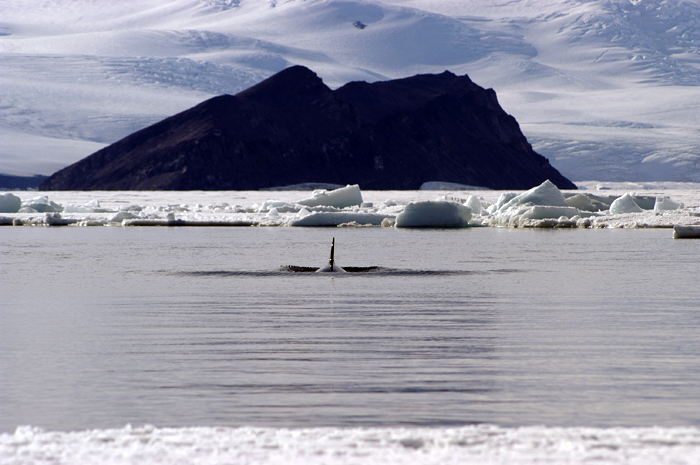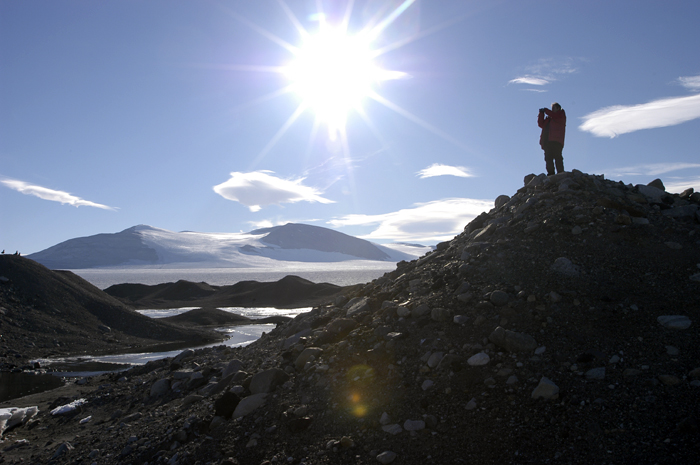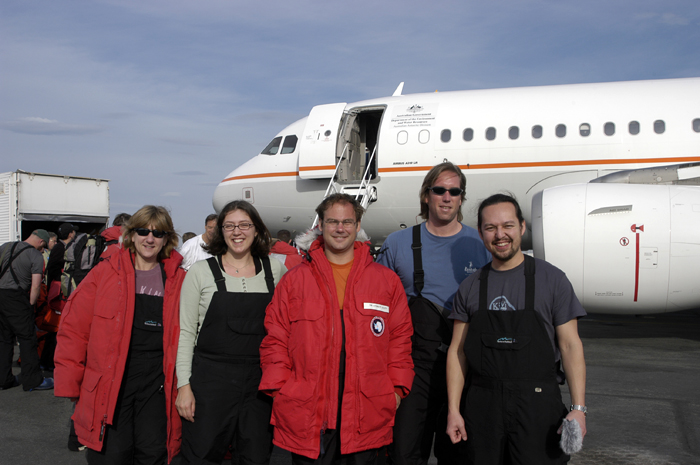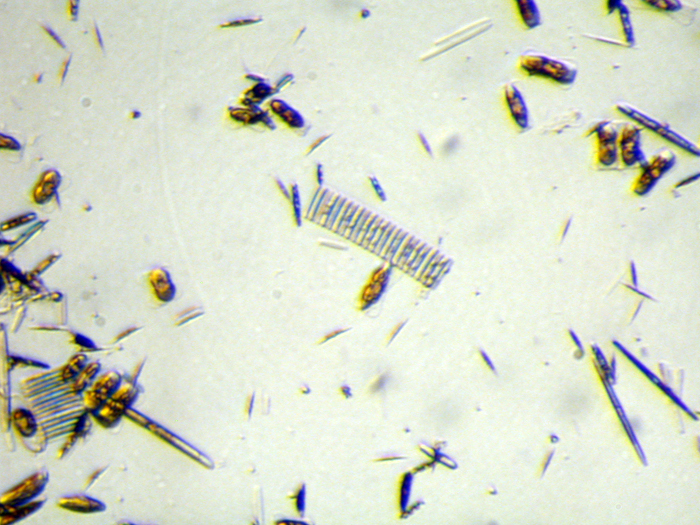Phytoplankton Proteomics in the Ross Sea
Collaborators
Andy Allen, J.C. Venter Institute
Funded by NSF Office of Polar Programs
Project Summary
In recent years, advances in DNA sequencing capabilities have resulted in a large increase in the available environmental sequence, including environmentally relevant microbes and phytoplankton genomic data. The polar environments have lagged significantly behind in the availability of phytoplankton genomic data. There is a concerted effort to correct this now: the recent National Research Council report entitled Frontiers in Polar Biology in the Genomics Era argues the need for a Polar Science Genome Initiative, and as a result one of the key foci of NSF’s International Polar Year Program Solicitation is the Environmental Genomics of Polar Organisms. The application of molecular tools to polar phytoplankton and biogeochemical studies has been hindered thus far by the lack of sequence data.
Here we propose to create a foundation for polar marine phytoplankton genomics and proteomics. We have targeted three of the major phytoplankton species found in Antarctic waters, Phaeocystis antarctica, Chaetoceros sp. (e.g. dichaeta), and Pseudonitzschia subcurvata for surveying utilizing primarily expressed sequence tags libraries (EST), which are cDNAs made from an organism’s mRNA and thus reflect gene transcripts. Recent experiences with other phytoplankton genomes (Armbrust et al., 2004a; Montsant et al., 2005; Scala et al., 2002) have demonstrated that a large amount of sequencing of these expressed sequences (ESTs) is crucial for the successful sequencing of the genomes of these phytoplankters. These expressed sequence tag libraries will be developed under environmentally relevant conditions, in particular under iron limitation, to improve gene models of key genes involved in important polar biogeochemical processes. In addition, we will use this extensive sequencing project to begin to address important and timely research questions related to the interactions of these phytoplankton with the biogeochemical cycling of carbon and iron. The PIs are ideally suited to this proposal, with Allen being a molecular biologist who focuses on various aspects functional and comparative eukaryotic phytoplankton genomics and has extensive experience constructing and interpreting EST data (see results of prior), and access to sequencing and bioinformatic capabilities at TIGR. Saito is an environmental bioinorganic chemist/biochemist with recent field experience in the Ross Sea and has expertise in growing polar phytoplankton under stringent trace metal limiting conditions (see results of prior), analyzing trace metal cellular content using plasma mass spectrometry, and experience with proteomic analysis of marine phytoplankton using electrospray ionization tandem mass spectrometry.

Ross Sea, Antarctica. (Photo by Mak Saito, Woods Hole Oceanographic Institution)

Ross Sea, Antarctica. (Photo by Mak Saito, Woods Hole Oceanographic Institution)

Science party for 2009 February expedition to Antarctica. (Woods HOle Oceanographic Insitution)

(Photo by Dawn Moran, Woods Hole Oceanographic Institution)